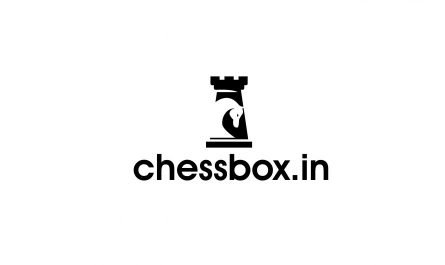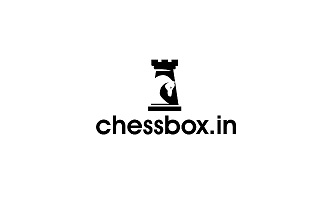Prophylaxis is all about being super smart and thinking ahead in chess. It’s like playing detective on the chessboard, where you try to figure out what your opponent might do next and stop them in their tracks. Prophylactic thinking also enhances a player’s overall positional understanding, as it requires careful consideration of the long-term consequences of each move.
Principles of Prophylaxis:
- Identifying Potential Threats: Prophylactic thinking begins with identifying the opponent’s potential threats, whether they are immediate tactical strikes, long-term strategic plans, or positional weaknesses.
- Addressing Vulnerabilities: Once potential threats are identified, players must take proactive measures to address vulnerabilities in their position and mitigate the opponent’s options for exploitation.
- Maintaining Flexibility: Effective prophylaxis involves maintaining flexibility in one’s position, allowing for timely responses to evolving threats and changes in the game’s dynamics.
- Balancing Proactivity and Reactivity: Prophylactic thinking requires a delicate balance between proactive measures to prevent threats and reactive responses to opponent’s actions, adapting to the evolving nature of the game.
Luft in chess
Luft is a term derived from the German word for “air” or “space.” It refers to the creation of an escape square for the king by moving a pawn in front of it, thereby providing “breathing room” or “luft” to avoid potential back-rank checkmate threats. Creating luft is crucial in positions where the king is hemmed in by its own pawns, as it prevents the king from being trapped and checkmated along the back rank. The most common way to create luft is by advancing a pawn in front of the king, either by moving the h-pawn or the g-pawn. This creates a space for the king to move to in case of an attack.
For example, in positions where the king is castled kingside and has pawns on g2 and h2, advancing the h2 pawn to h3 would provide luft for the king on g1. Similarly, if the king is castled queenside with pawns on b2 and c2, advancing the b2 pawn to b3 would create luft on a2.
Prophylaxis throughout all phases of the game
- Opening Phase:
- In the opening, prophylaxis focuses on establishing a solid foundation while minimizing vulnerabilities. Players strive to develop their pieces harmoniously, control key squares, and maintain flexibility.
- Prophylactic moves may involve preventing immediate tactical threats, avoiding weaknesses, and preparing for future plans.
- For example, players might make moves that fortify their central pawn structure, protect their king, or limit the opponent’s options for active play.
- Middle Phase:
- In the middle game, prophylaxis becomes more nuanced as the position becomes more complex. Players must balance proactive and reactive measures while adapting to changing dynamics.
- Prophylactic thinking may involve anticipating the opponent’s plans and disrupting their initiatives, while also safeguarding one’s own position.
- Players might employ prophylaxis to restrict the opponent’s piece activity, maintain control of critical squares, and prepare for transitions to the endgame.
- Endgame:
- In the endgame, prophylaxis plays a crucial role in converting advantages and defending against counterplay. Players aim to consolidate their positions while preventing the opponent from creating threats.
- Prophylactic moves may focus on creating passed pawns, activating the king, and restricting the opponent’s king’s activity.
- Additionally, players must remain vigilant against tactical tricks and maintain awareness of zugzwang positions where any move would weaken their position.
- Prophylactic thinking in the endgame often revolves around maximizing piece coordination and exploiting small advantages to secure victory.
Whether it’s preventing immediate threats in the opening, disrupting the opponent’s plans in the middle game, or consolidating advantages in the endgame, prophylactic thinking is a fundamental aspect of strategic chess play.


